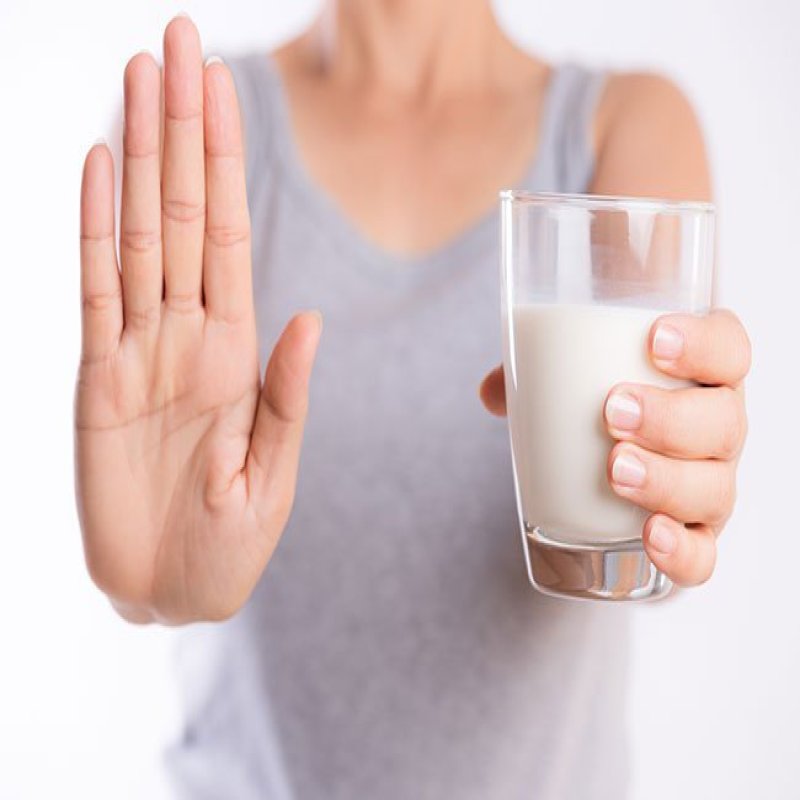
Lactose intolerance is a digestive disorder where the body is unable to digest lactose, the main carbohydrate present in dairy products. There’s no cure for lactose intolerance, but the usual prescription is to limit lactose intake. Milk products are widely present in prepared foods, so eliminating them completely can be a challenge. So what can we do? Here, we share with you some tips about managing lactose intolerance. Let’s first look into the causes and symptoms of lactose intolerance. Read on!

First things first, what is Lactose?
Lactose is a sugar found in milk and milk products. The small intestine—the digestion workhorse—produces an enzyme called lactase. Lactase further works to break down lactose into two simpler sugars: glucose and galactose. The body then absorbs these simpler sugars into the bloodstream. Lactose-intolerant people don’t make enough lactase, which results in symptoms of lactose intolerance.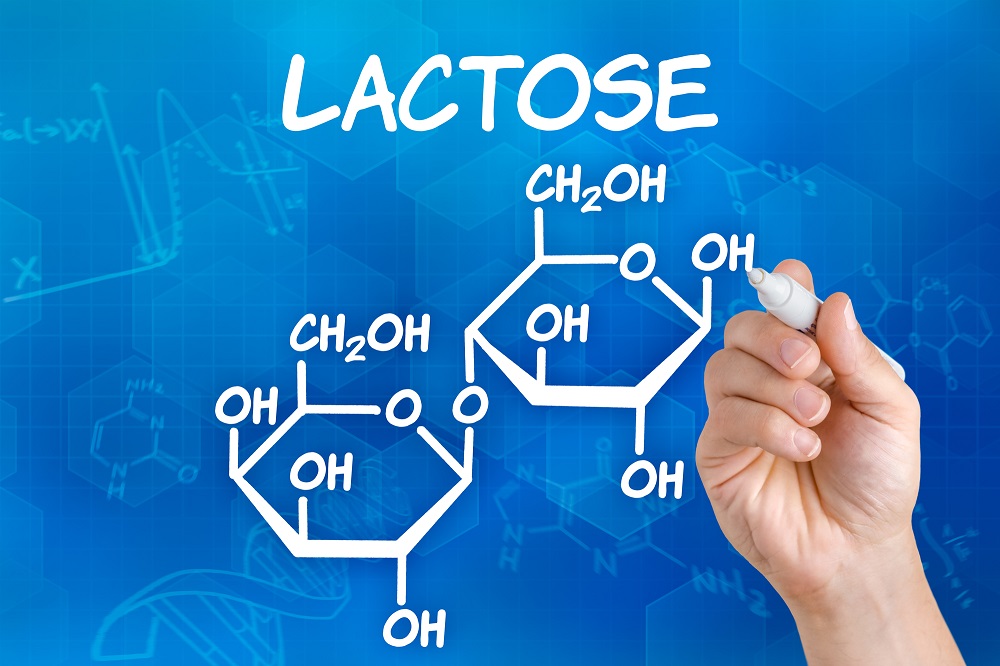
Lactose Intolerance Causes
After consuming milk or milk products, the lactase enzyme is needed to break down lactose into glucose and galactose, which can then be absorbed into the bloodstream and used for energy. It must be noted that lactose cannot be directly absorbed through the wall of the small intestine into the bloodstream, so, in the absence of lactase, it passes intact into the colon.
The lactase enzyme is naturally produced by the cells lining the small intestine and also by the bacteria living in the small intestine. Lactose remaining undigested by human lactase is then digested by bacterial lactase. This results in fermentation, which produces copious amounts of gas (a mixture of hydrogen, carbon dioxide, and methane). The unabsorbed sugars and fermentation products can cause an increased flow of water into the bowels (diarrhoea) due to increased osmotic pressure in the colon. In the absence of sufficient lactase, lactose remains undigested, traveling as it is through the gut, causing digestive symptoms such as bloating, diarrhea, and gas.

Lactose Intolerance Symptoms
Common lactose intolerance symptoms are:
- Abdominal bloating, a feeling of fullness or swelling in the abdomen
- Abdominal pain
- Diarrhoea
- Gas
- Nausea

Lactose intolerance symptoms occur 30 minutes to 2 hours after consuming milk or milk products. Symptoms range from mild to severe depending upon the amount of lactose the person consumes and the amount he/she can tolerate.
Types of Lactase Deficiencies
There are four types of lactase deficiencies:
- Primary lactase deficiency, or lactase non-persistence, is the most common type of lactase deficiency. In people with this condition, lactase production declines over time. This decline often begins at about age 5 (2 years in the case of African Americans); however, the decline may begin later. Children who have lactase deficiency may not experience symptoms of lactose intolerance until late adolescence or adulthood. Researchers have discovered that some people inherit genes from their parents that may cause a primary lactase deficiency.
- Secondary lactase deficiency results from injury to the small intestine. Infection, diseases, or other problems may injure the small intestine. Treating the underlying cause usually improves lactose tolerance.
- Developmental lactase deficiency may occur in infants born prematurely. This condition usually lasts for only a short time after they are born.
- Congenital lactase deficiency is an extremely rare disorder in which the small intestine produces little or no lactase enzyme from birth. Genes inherited from both parents can cause this disorder.

So… Is there a Safe Limit?
Individuals vary in the amount of lactose they can tolerate. However, research suggests that adults and adolescents with lactose malabsorption could eat or drink at least 12 grams of lactose in one sitting without symptoms or with only minor symptoms. This amount is equivalent to lactose in 1 cup of milk. People with lactose malabsorption may be able to take more lactose if they eat or drink it with meals or in small amounts throughout the day.
Lactose Intolerance affects Health in the long run
Lactose intolerance affects people’s health because it keeps them from consuming enough essential nutrients, such as calcium and vitamin D. Affected people may not get enough calcium if they do not eat calcium-rich foods (milk and milk products) or do not take a dietary supplement that contains calcium.

Calcium is essential at all ages for the growth and maintenance of bones. A shortage of calcium intake in children and adults may lead to bones that are less dense and can easily fracture later in life, a condition called osteoporosis.
Lactose Intolerance Diagnosis
Lactose intolerance diagnosis depends on:
- Medical, family, and diet history, including a review of symptoms
- A physical exam
- Medical tests such as the hydrogen breath test (considered the gold standard) and stool acidity test
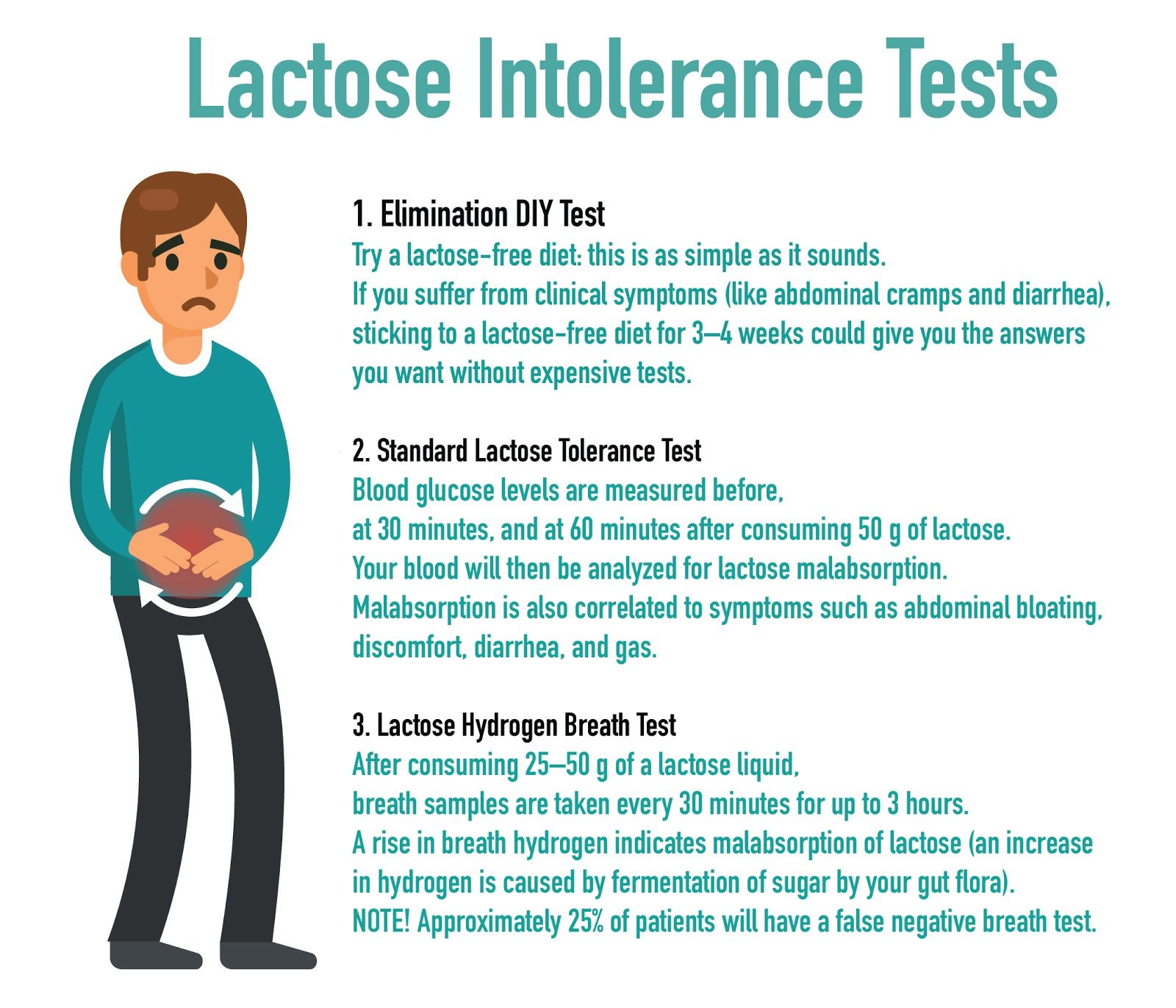
You can manage lactose intolerance symptoms by modifying your diet. Some lactose intolerant people may only need to limit their lactose consumption while others may need to avoid lactose altogether. Let’s delve deeper to understand the factors for managing lactose intolerance.
Managing Lactose Intolerance
Those who are lactose intolerant can obtain the lactase enzyme through synthetic supplements (chewable tablets or liquids). Recommended dosage: tablets containing 6,000–9,000 IU to be taken at the start of a meal that contains lactose; 2,000 IU of liquid lactase to be added to 500 ml of milk just before consuming it. However, since all lactase supplements (types and brands) do not have the same concentration of the enzyme, please be sure of the potency before taking any supplement.
Additionally, consuming probiotic bacteria that will then live in the intestine and produce lactase will also help in digesting lactose. Three common genera of probiotic bacteria are Lactobacillus, Bifidobacterium, and Enterococcus. These can be obtained through probiotic foods or supplements.
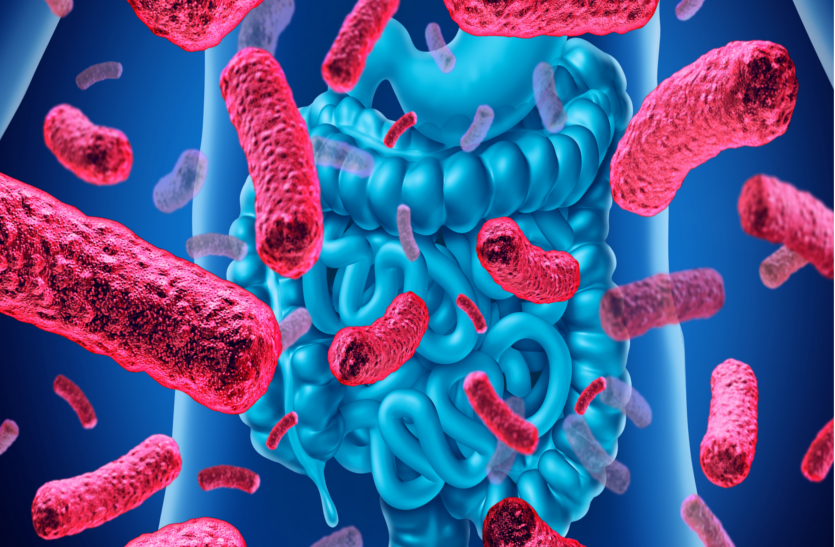
When we consume probiotic foods (such as yogurt), the lactase enzymes within the bacteria survive in the stomach acid because it is protected by the bacterial cell wall. When in the small intestine, these bacteria release the lactase enzymes to digest lactose. Some probiotics, such as Lactobacillus, contain β-galactosidase or lactase intracellularly, and thus ingestion of lactase-containing probiotics (in either food or supplement) might be beneficial for those who are lactose intolerant. Probiotics have many other health benefits. Taking supplements is not necessary for lactose-intolerant people, as dairy consumption can be minimized or avoided.
Some dietary guidelines for managing lactose intolerance are as follows:
- Don’t give up milk products entirely. They are a rich source of calcium. Butter and cream contain very low levels of lactose, so you can include these in your diet. Also, yogurt is usually well tolerated as it is fermented and has beneficial bacteria.
- Non-fermented dairy products are usually tolerated if they are pre-hydrolyzed to reduce the lactose content (such as reduced lactose or lactose-free milk).
- You can include soy products, such as soy milk and soy yogurt, in your diet. They are lactose-free, a good source of calcium, and a good substitute for milk or milk products.
- Fresh cheeses, such as cottage cheese, have very low levels of lactose, so you can include them in small amounts in your diet.
- You can drink milk in moderate quantities. Full-fat milk should be preferred because the fats slow the milk's journey through the intestines and give the lactase enzymes more time to break down the sugars.
- Eat lactose-containing foods in combination with other foods or eat them in small amounts throughout the day.

Foods to Avoid
First of all, if you are trying to avoid lactose, the ingredients to look for on food labels include milk solids, non-fat milk solids, whey, and milk sugar. Some foods to avoid for managing lactose intolerance are:
- Milk and milk solids containing biscuits and cakes
- Processed breakfast cereals
- Cream soups
- Custard
- Milk chocolate and pancakes
- Scrambled eggs, and
- Muesli bars
/muesli-bars-recipe-256184-hero-09-d754082e438a40f394a34f7e1fd2d360.jpg)
It’s not always necessary to avoid dairy completely if you are lactose intolerant. Most people can tolerate small amounts of dairy. However, even if you need to remove dairy completely, you can still have a healthy and balanced diet without it. Just ensure to include sufficient calcium- and vitamin-D-containing foods in your diet.
Alternative Sources
Dairy products are top sources of calcium, and milk fat naturally contains trace amounts of vitamin D (depending upon the animal’s diet and sun exposure). However, if you can’t consume dairy, you can still meet your requirements for these nutrients from alternate sources. Some alternative sources are:
- Calcium: Seaweeds, nuts and seeds, beans, oranges, quinoa, amaranth, broccoli, and fortified products such as orange juice and plant milk (soy milk, almond milk, rice milk, and coconut milk).
- Vitamin D: Natural sunlight, fatty fish, eggs, fish liver oils.
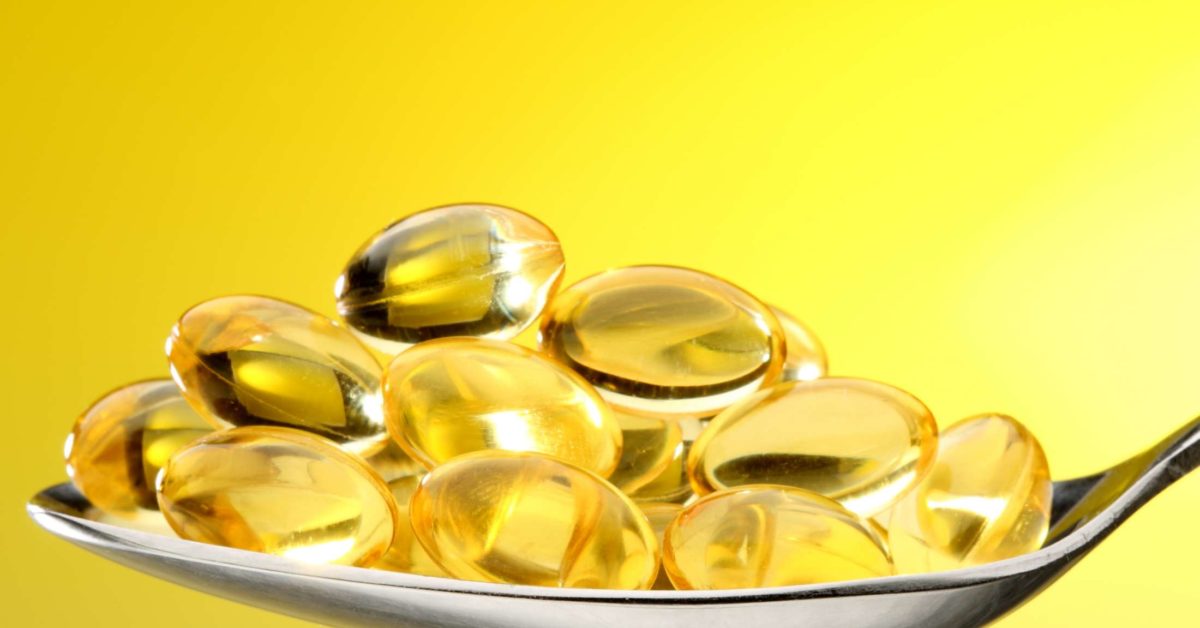
Conclusion
Thus, if you are lactose intolerant, prefer taking probiotics over lactose-free products, as it can be difficult to monitor and control the consumption of all dairy products. Also, the varied efficacy of lactase enzymes in different individuals makes probiotics a preferred supplement. Moreover, a natural treatment option may appeal to many suffering from lactose intolerance. Dietary changes to low or no dairy may be a good option for managing lactose intolerance symptoms. Even if you have to avoid dairy completely, there are plenty of alternatives available on the market. Therefore, consult a doctor or dietician if you are considering changing your diet.
Disclaimer: Lactase supplements may trigger allergic reactions in some individuals. If you experience symptoms such as hives, difficulty in breathing, or tightness in the chest after taking lactase supplements, consult a medical practitioner.


.png)


